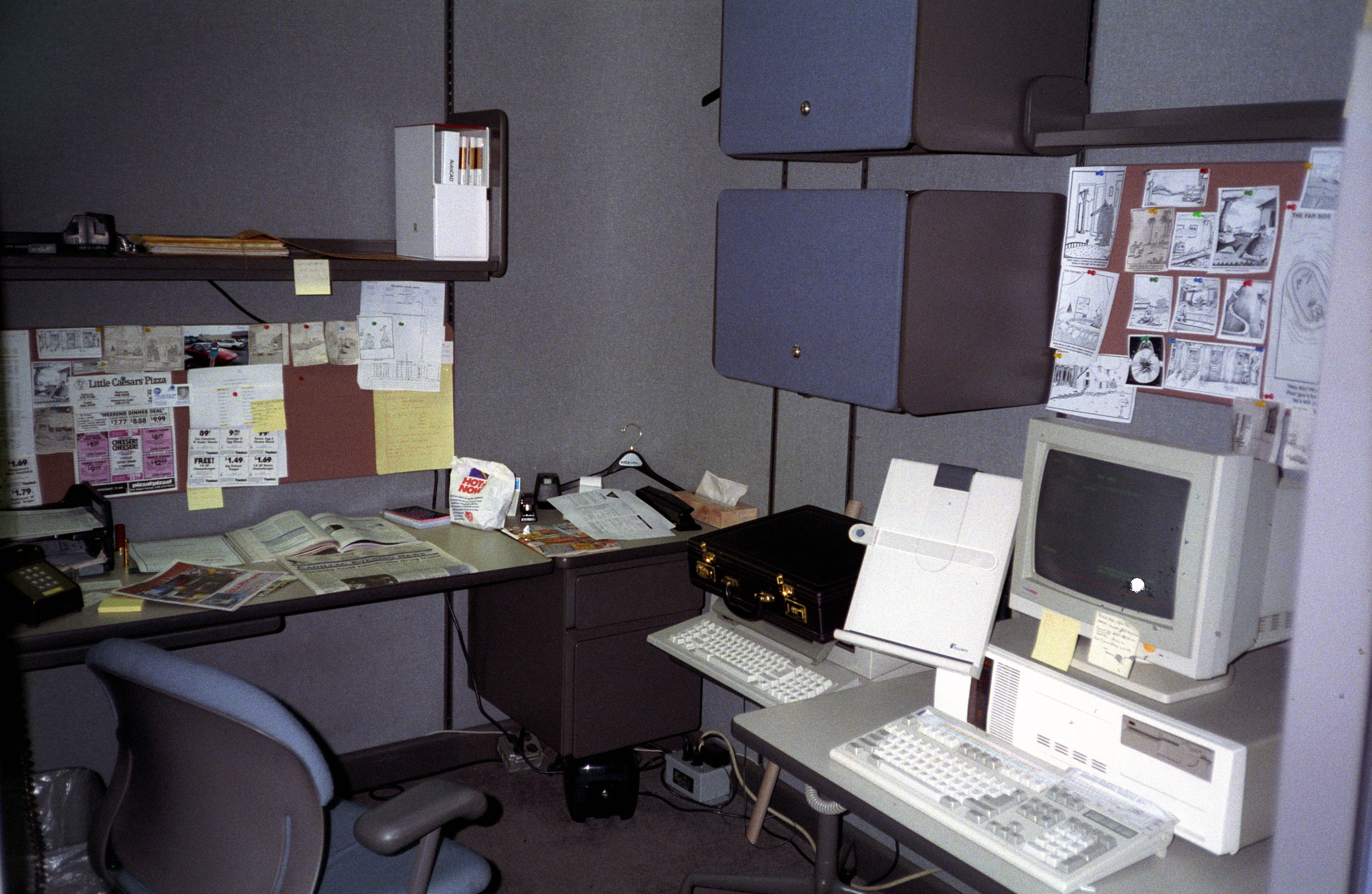Apple is spending an eye popping $850 million to build a ginormous solar farm (280 megawatts) that will power their entire California operations. This new solar farm is not to be confused with the 70MW solar farm they’re building in Arizona, the $55 million “under way” third solar farm (17.5MW) in North Carolina, the two 20MW solar farms they’re building in China, or the existing 20MW solar farm near Reno, NV, or the two existing 20MW solar farms in N. Carolina.
The backstory is that in 2010, Apple wanted to buy renewable energy from Duke to power their Maiden N.C. data center. It wasn’t even legal in N. Carolina. In 2011 Apple bypassed the N.C. coal lobby by purchasing 100 acres of land and in 2012 they finished building (est. $100 million) the first non-utility 20MW solar farm. At the same time, they also built a 5MW fuel cell farm. In 2013 they doubled their fuel cell farm to 10MW and built another 20MW solar farm. Apple has since been producing 100% of the power they need in N.C.
While I believe that Tim Cook is sincere about reducing Apple’s carbon footprint, I also think it’s likely that spending over a billion dollars on solar panels is a very good investment. Apple is famously cash rich and by spending today and owning the solar farms, Apple fixes their energy prices at today’s rates for the next 30 years. Apple has taken a large and variable cost and turned it into a fixed cost that is no longer subject to price inflation or fluctuation. What Apple is also purchasing is energy stability.
Apple is also becoming an energy supplier. For the first 10 years, PG&E will purchase 150MW of production and Apple gets 130MW. In the last 20 years, Apple gets 100% of production. It’s likely that their operations will have expanded to utilize the power (as has the NC data center) but if not, they’ll have little trouble selling their surplus capacity.
While Apple was first in the, “okay then, we’ll build it ourselves” solar game, the even bigger story is that 2014 was the year solar arrived in Main Street USA. In just 2014, nearly 70% of the worlds solar power generation came online with several companies having more installed solar than Apple: Wal-Mart (105MW), Kohl’s (50MW), and Costco (48MW). IKEA is not far behind with 39MW. Apple isn’t even the largest purchaser of solar as Intel, Kohl’s, Whole Foods, Dell, and Johnson & Johnson all purchase more solar power than Apple. What was so special about solar in 2014?
Swanson’s Law observes that solar modules tend to drop in price by 20% for every doubling of cumulative shipped volume. Apple deployed 60MW between 2012-2014 and during that same time, photo voltaic capacity more than doubled. By being out in front and building not just demand, but also solar capacity, Apple helped 2014 be the year of solar grid parity in 3 NE states, California, Arizona, and Hawaii. It is predicted that grid parity will arrive in “many” US markets in 2015 and Deutsche Bank predicts solar grid parity for all 50 states in 2016. With Apple deploying another 407MW of solar In just 2015-2016, that prediction seems like slam dunk.


You must be logged in to post a comment.